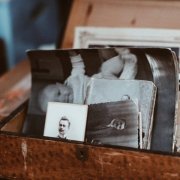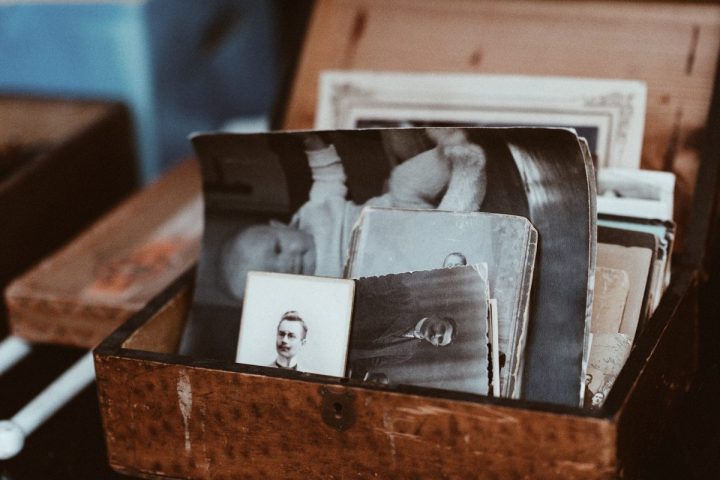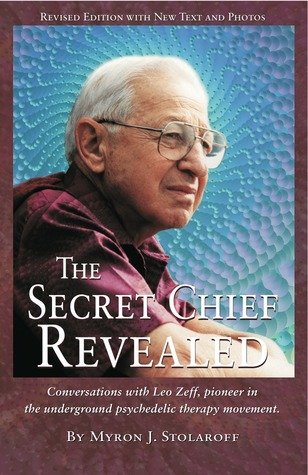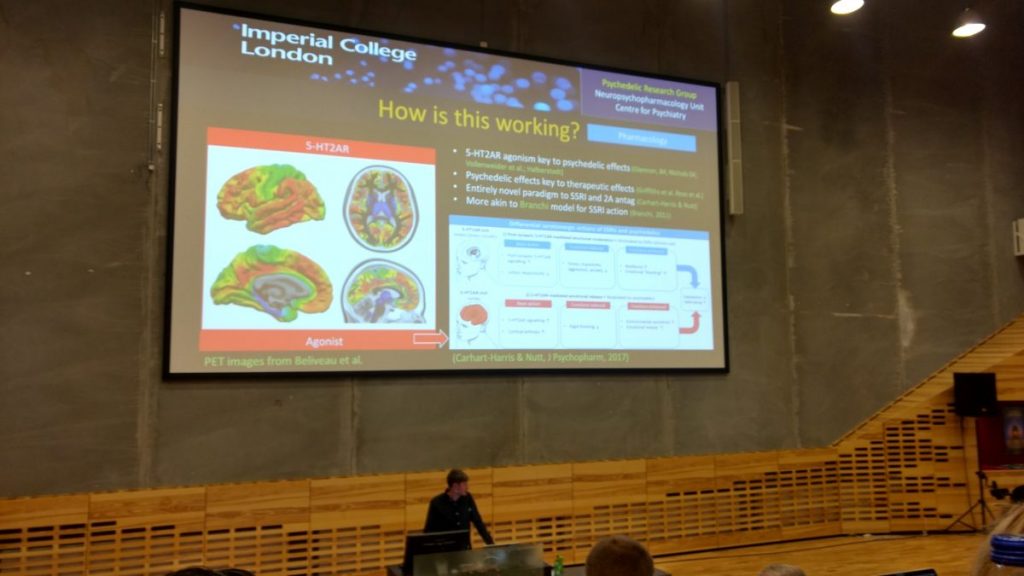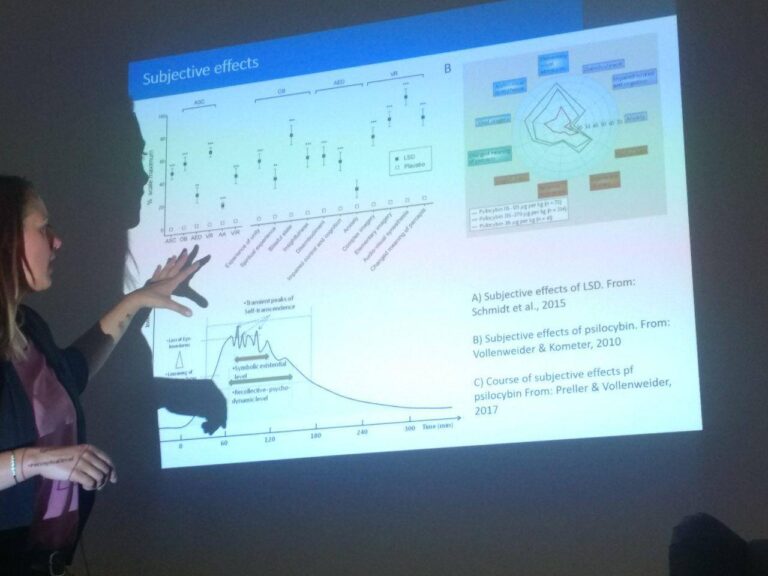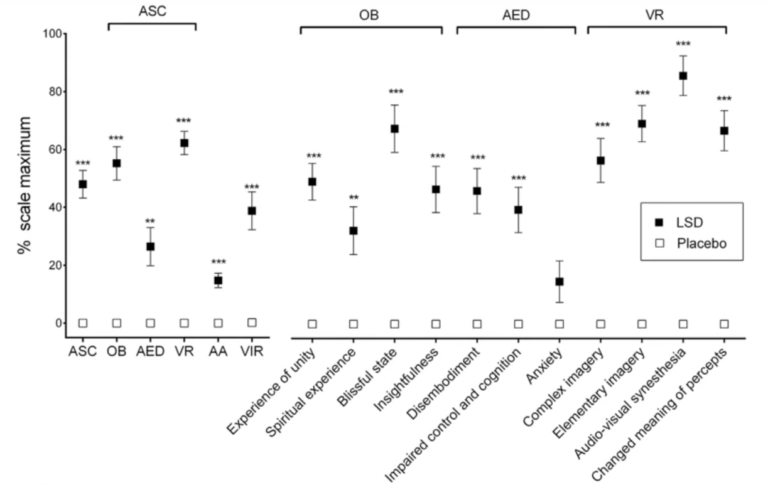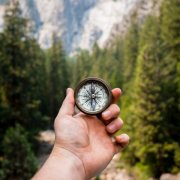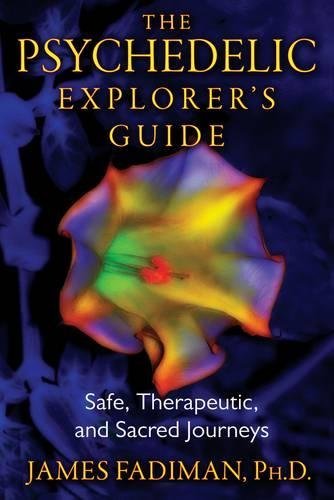The picture trip is a technique that was employed by a pioneer of psychedelic therapy, Leo Zeff. It is done as part of the preparation and also during the psychedelic session itself.
This description of the method is from the book about Leo: The Secret Chief Revealed.
Preparation
To do this exercise you will need to gather some photos before the trip. These photos will form a history of your life. Go back home or get them wherever you are or write for them. Get all the pictures that you can and bring them to wherever you are.
Pictures to Gather:
- Yourself, one at age two and one every two years thereafter through adolescence, up to adulthood.
- Two pictures each of your mother, father and any siblings; one when they were young but you can still remember them, and a recent one.
- Pictures of any other family members that are or were significant in your life.
- A picture of your husband/wife, or any woman or man who has had great significance in your life. Lovers, current or past. If you’re married, wedding pictures.
- A picture of a grandparent that was significant in your life.
- If you have children, a picture of them when they were about two years old, and a recent one.
- Any other significant pictures. Any pictures with an emotional charge.
As you collect the photos
“I ask them to select the pictures in this manner: Gather them all together—boxes, albums, however they are, and put them in front of you, and start with one. The top one or anything like that.
Pick it up and look at it. Just look at it to see what you experience in connection with that picture. Look at it a little while. You may not experience anything. It’s all right. Put it aside, pick up the next one, then look at it. If it provokes any memories, kinda sit with the memories a little bit, let them go where they want to go. Whatever feelings you have, allow them to be there. Whenever you come across a picture that’s on the list, set it aside in a separate pile. Go through all the pictures you’ve got, every single one of them, doing that. You may have to have two or three sittings to do it.
I ask them to do it no further away than a week before the trip, as close to the time of the trip as they can. I want to tell you something. That really turns them on. When they come they’re in the middle of their trip.”
During the session
A few hours into the trip, when you’re functional and can move around, get up and sit down at a table to do the picture trip.
Start out with pictures of yourself. Take the first one.
“Just look at it, just look at it and see what you experience. Look at it as long as you want to. When you’re through looking at it, hand it back. If you have anything to say, fine. Say it. If not, you don’t have to say anything.”
One at a time go through the pictures.
“The pictures, they don’t react much to the two- to four-year-old pictures. Some time around the age of six is a very significant picture for them. That’s the point in life where we lose our naturalness and we start taking on the acts of the world and behaving the way people tell us to and start squelching our own naturalness. Frequently they get to that picture and they start to cry. And cry and cry and cry.”
This can be really powerful exercise and help to stir things up or move things around in the emotional body. The beginning of these movements can help to shift something inside. The first time I used the photo trip remains one of my singular most powerful and releasing journeys of my life and as Leo says happens with most people, I cried and cried, and cried. It was beautiful. Try it out!
You can a newly revised edition available at Synergetic Press: The Secret Chief Revealed.
I can absolutely recommend it for both journeyers and tripsitters.

